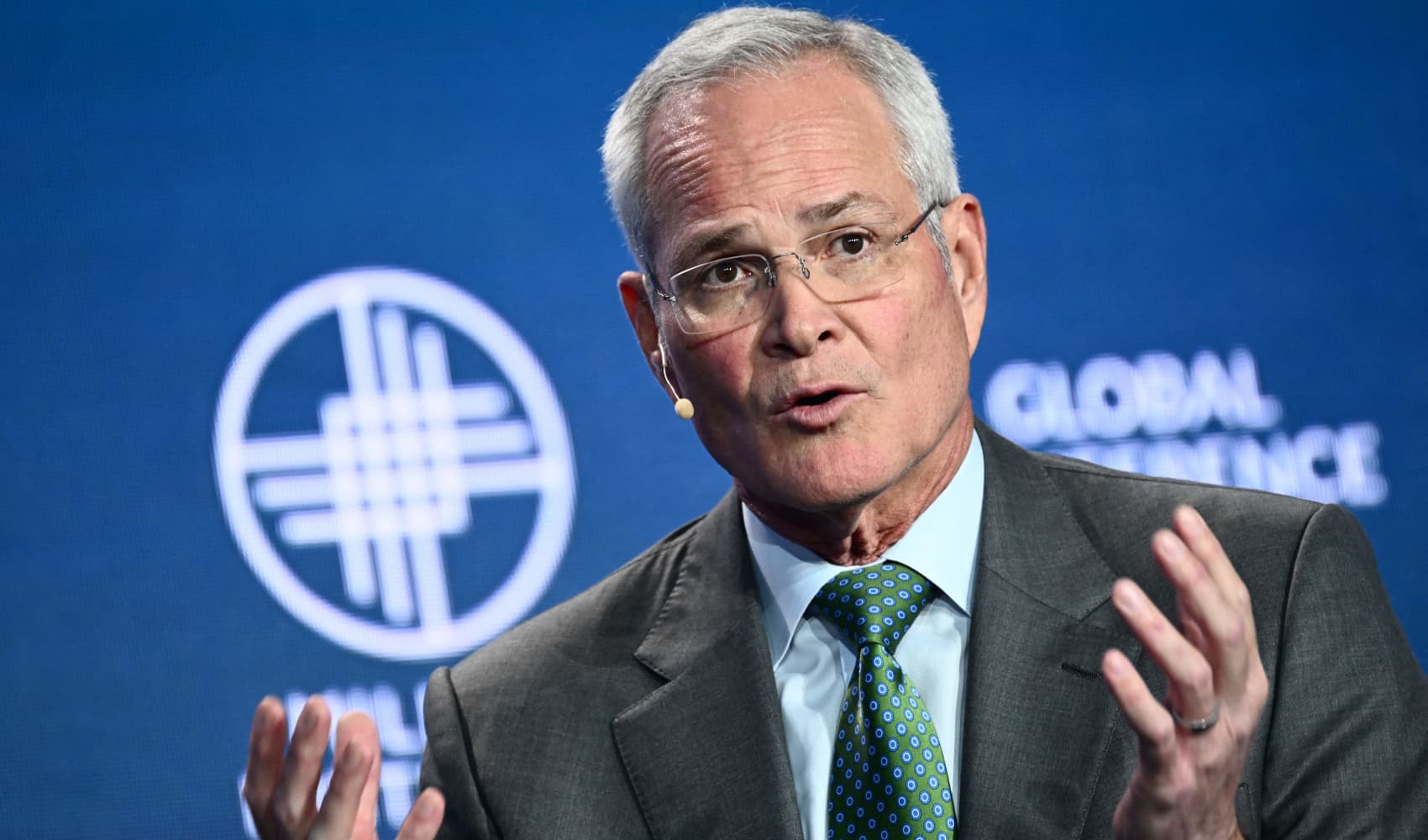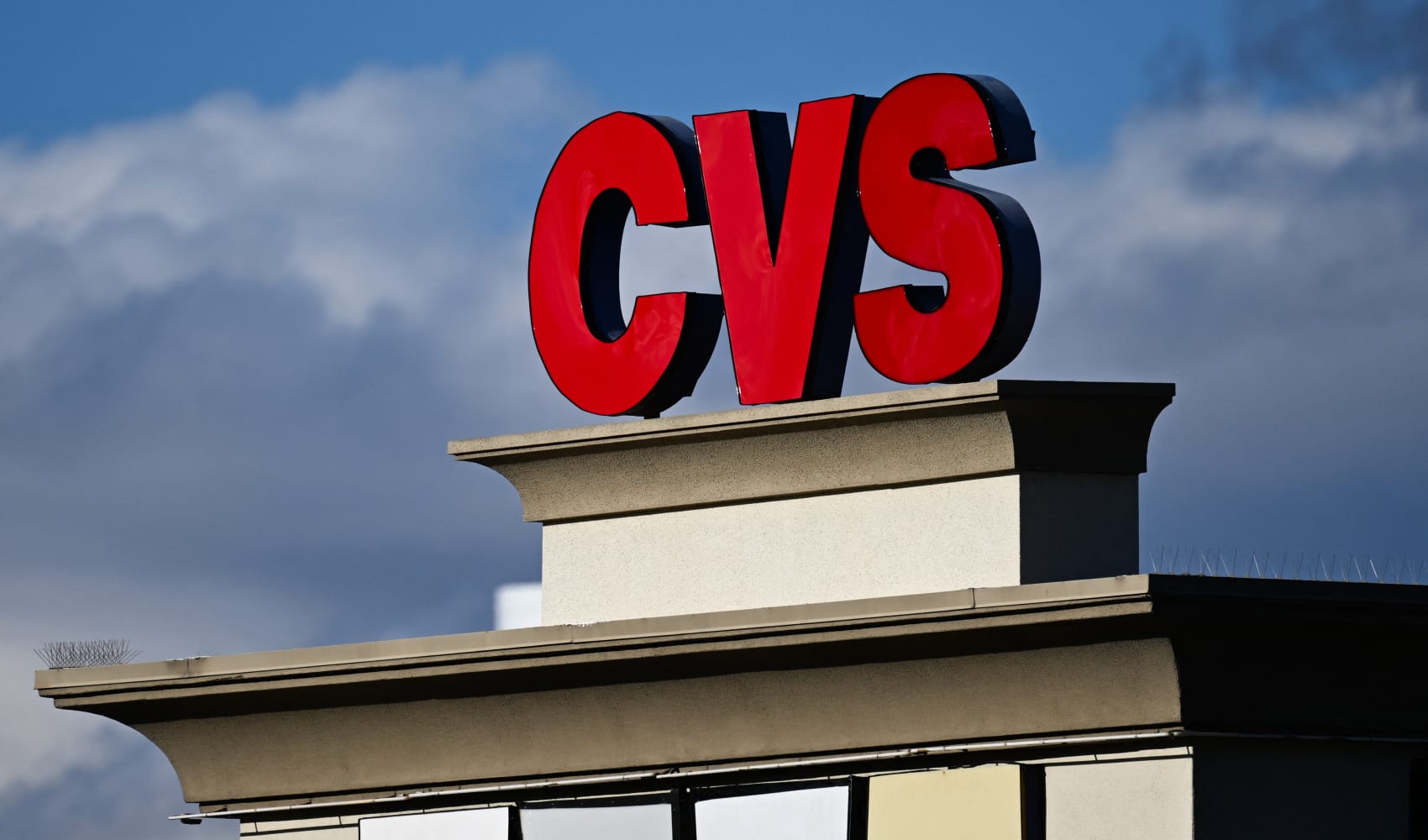- Jobs for workers who earn less than $27,000 a year were down 22% in July relative to mid-January 2020, according to data from Opportunity Insights.
- Employment is up 3% for mid-wage workers and 10% for the highest-paid over the same time period.
- The data highlights the ongoing inequality of the pandemic recovery.
Employment among the lowest-paid Americans has flat-lined at a level well below its pre-pandemic baseline — even as mid- and high-wage workers have more than recovered.
Jobs for workers who earn less than $27,000 a year were down about 22% as of July 23 relative to mid-January last year, according to new data from Opportunity Insights, an economic research initiative based at Harvard University.
Meanwhile, jobs are up about 10% over the same period for those who make more than $60,000 a year, according to the estimates published last week. They're up more than 3% for those earning $27,000 to $60,000.
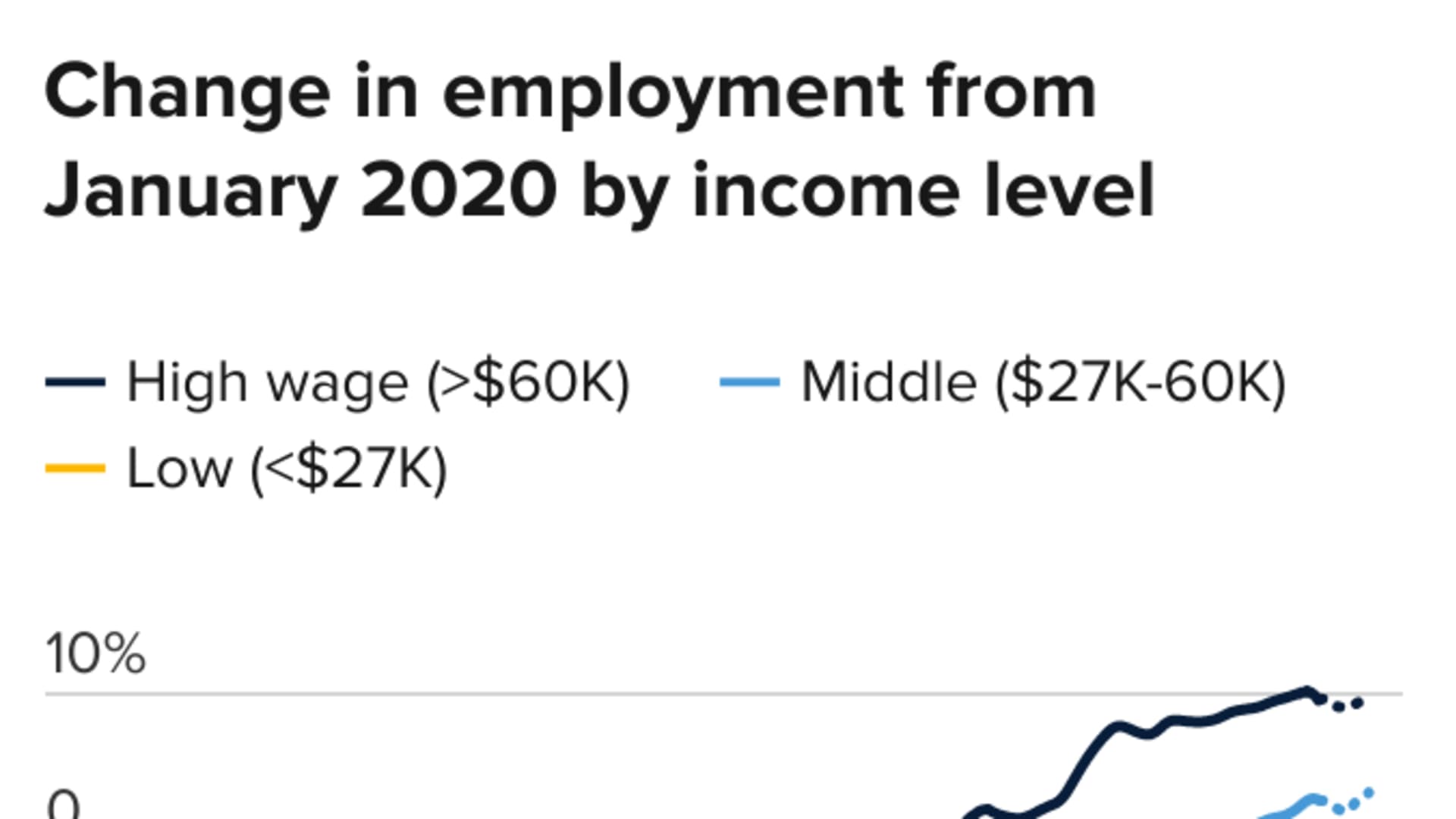
The data highlights a hallmark of the pandemic economy: a quick recovery for those at the top and ongoing trouble for those at the bottom.
The initial shock of the Covid pandemic caused mass unemployment across all income groups. But the wealthy lost fewer jobs relative to others and had largely regained them by summer 2020, according to John Friedman, an economics professor at Brown University and a co-director of Opportunity Insights.
Money Report
The lowest earners saw almost 40% of their jobs evaporate at the height of the crisis in April last year. Though their current employment level has somewhat recovered, it has stagnated at roughly the same place it was at the end of December, according to Opportunity Insights.
More from Personal Finance:
Biden administration announces the biggest increase to food stamps ever
Even if you aren't working, you may be able to open an IRA
Families massively underestimate the cost of college
"Over the past 13 months, we've really seen no growth in the employment of low-wage workers," Friedman said.
Job loss often impacts the lowest earners most in recessions. Richer Americans typically feel the sting of a downturn via a hit to financial assets like stocks and houses, which they disproportionately own.
But the Covid recession was different in that stock and home prices soared after an initial slump, boosting wealth for the rich.

Enhanced unemployment benefits, stimulus checks, food stamps and other federal aid helped prop up household spending and keep many other families afloat.
The U.S. poverty rate dropped after the passage of three pandemic-aid bills, and in June was about the same as its pre-pandemic baseline, according to estimates published by economists at the University of Chicago and University of Notre Dame. Much of that federal assistance has or will soon expire, though.
A different recovery
Low-wage industries got hit harder during the pandemic than others, according to AnnElizabeth Konkel, an economist at the Indeed Hiring Lab.
Leisure and hospitality jobs — like those in restaurants and hotels, for example — are still down 1.7 million (or 10%) from February 2020.
"There is going to be a different recovery path [for the lower-paid], and I don't find that surprising," said Konkel.
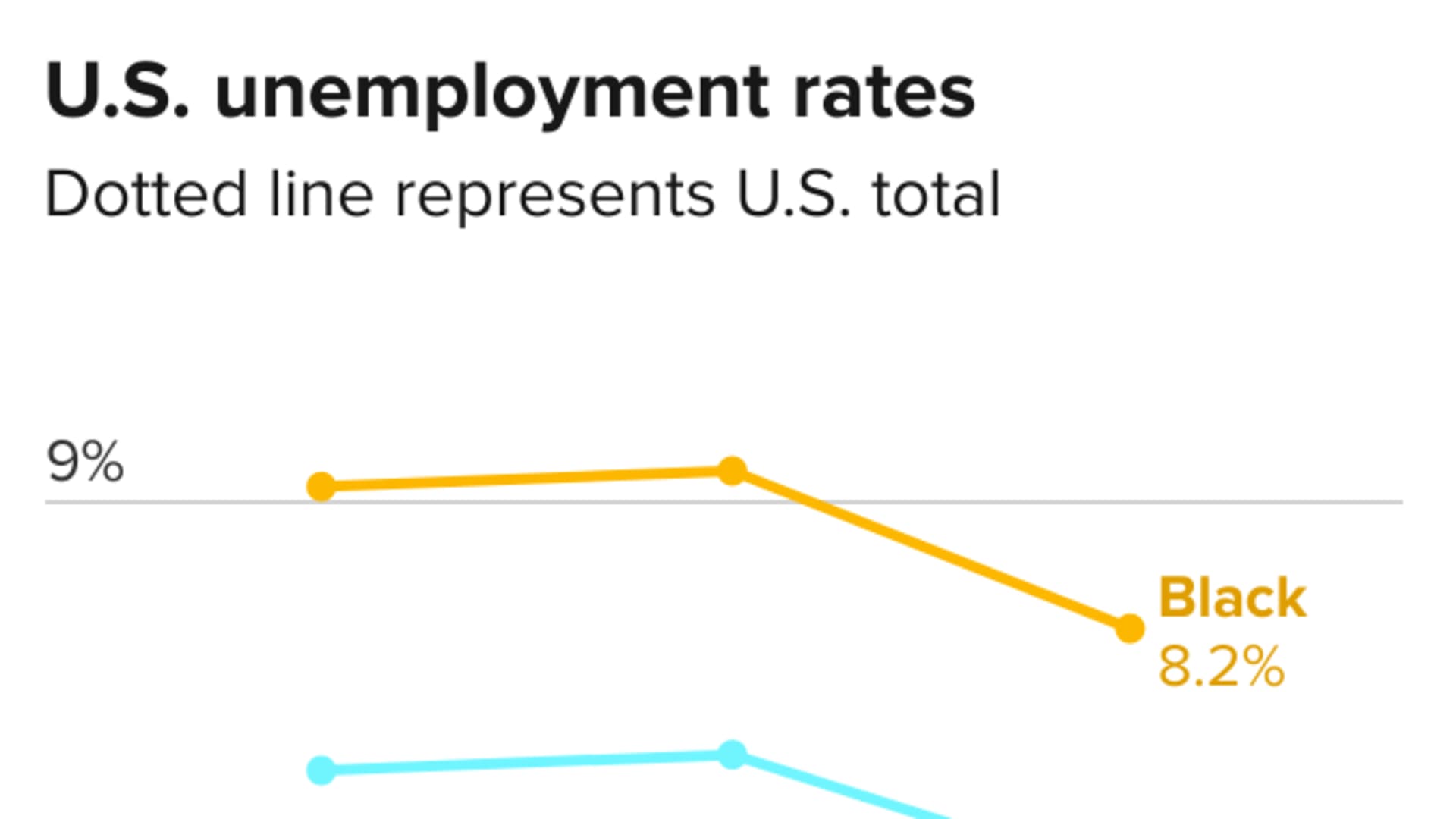
But current employment levels among low-wage workers aren't necessarily attributable to a dearth of jobs, as was the case early in the pandemic, according to Friedman. He believes it's more a function of people not returning to work — though for reasons that aren't entirely clear.
The number of total U.S. job postings was up about 15% during the week ended Aug. 6, roughly equivalent to the pre-pandemic baseline, according to Opportunity Insights data. But job ads for positions that require a minimum level of skill — which tend to correlate with lower wages — were up 63% versus pre-pandemic levels, Friedman said.
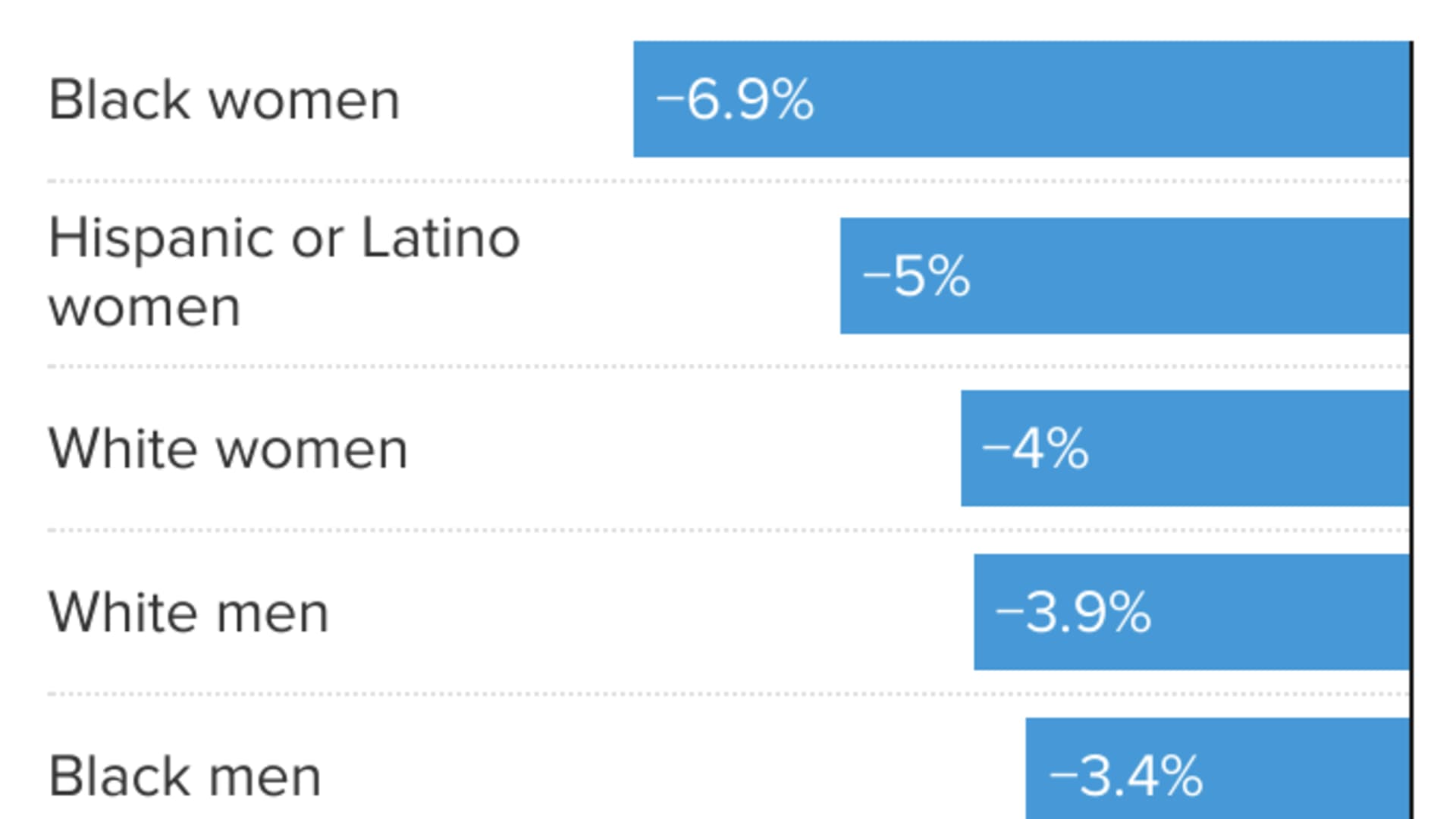
"The story for those first nine months, I think, was that the jobs weren't there," Friedman said. "I think the story is about labor supply now.
"The question then is, why is it?"
For one, there are lingering Covid health concerns, according to economists.
Covid fears were the No. 1 reason unemployed workers weren't urgently looking for work in June, according to an Indeed survey.
About 76% of low-income workers can't work from home to reduce their Covid risk, according to a December survey from the Pew Research Center. That's true for just 44% of the higher-paid.
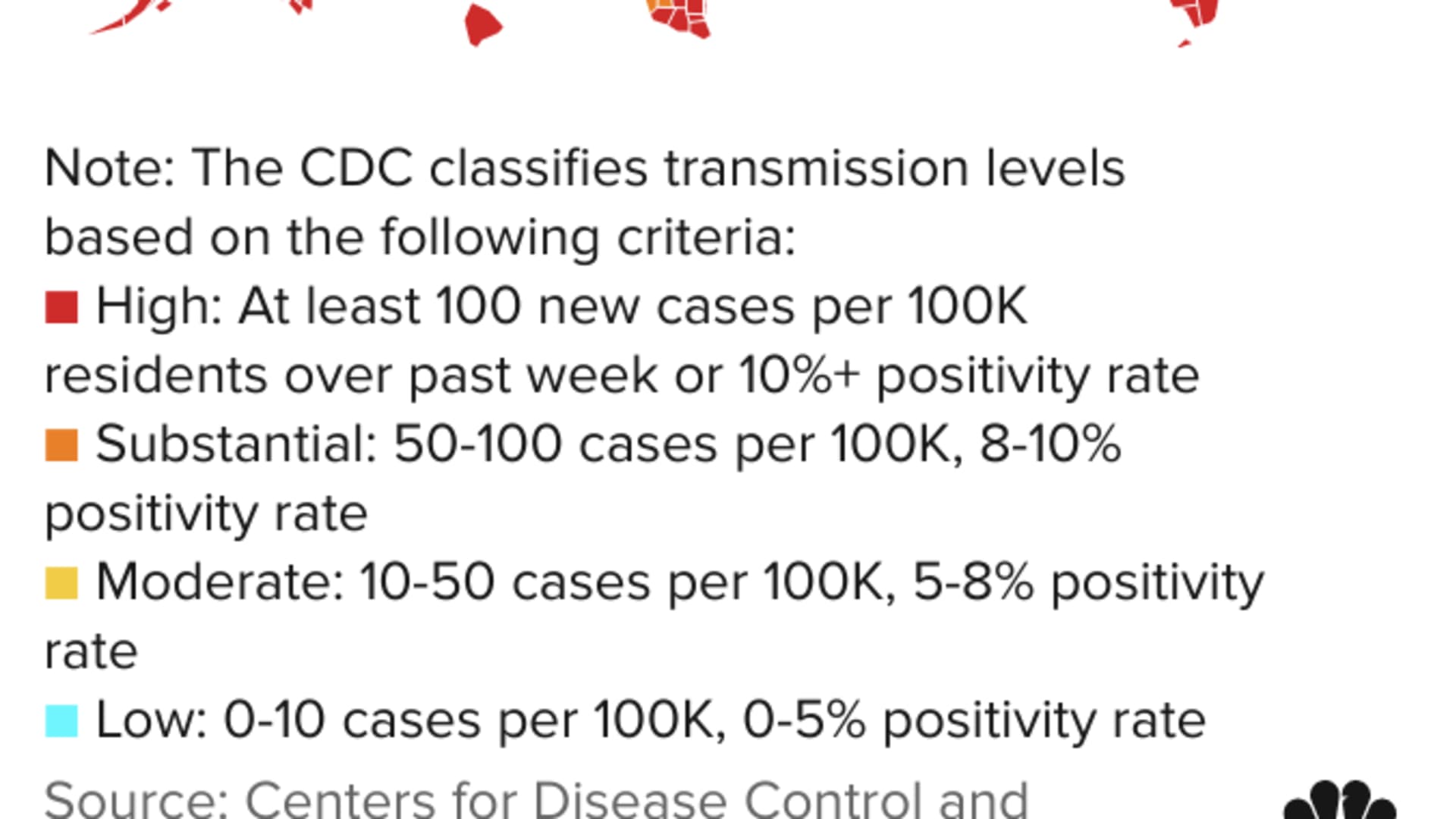
Covid reluctance among the unemployed somewhat abated in July, ranking behind having an employed spouse or a financial cushion as top reasons, according to Indeed. However, the highly contagious delta variant threatens that progress as virus cases spike and just half of Americans remain fully vaccinated.
Childcare also continues to pose an issue if schools, daycare or summer camps remain closed or at reduced capacity due to the virus, according to economists.
About a third of childcare centers remained closed in April 2021, a dynamic that more often affects non-white families than white families, according to a July study from Columbia University researchers. (Minorities were also more disproportionately affected by pandemic job loss.)

There's also been speculation that enhanced unemployment benefits are sidelining low earners, since benefits replace a larger share of lost income relative to lost paychecks of the higher-paid.
However, some studies suggest enhanced federal benefits, which include an extra $300 a week, are not playing a big role. Twenty-six states ended those benefits in June and July; they will end in remaining states on Sept. 6.
There may also be a jobs mismatch, a dynamic seen after the Great Recession, Friedman said.
New jobs being created may be a little different than those pre-pandemic, perhaps not aligning with workers' geography, industry or skill. A construction worker in Las Vegas who can't find a job may take a while to look for work in another city or industry, for example.
"There are just a lot of different things happening under the hood," Konkel said.


